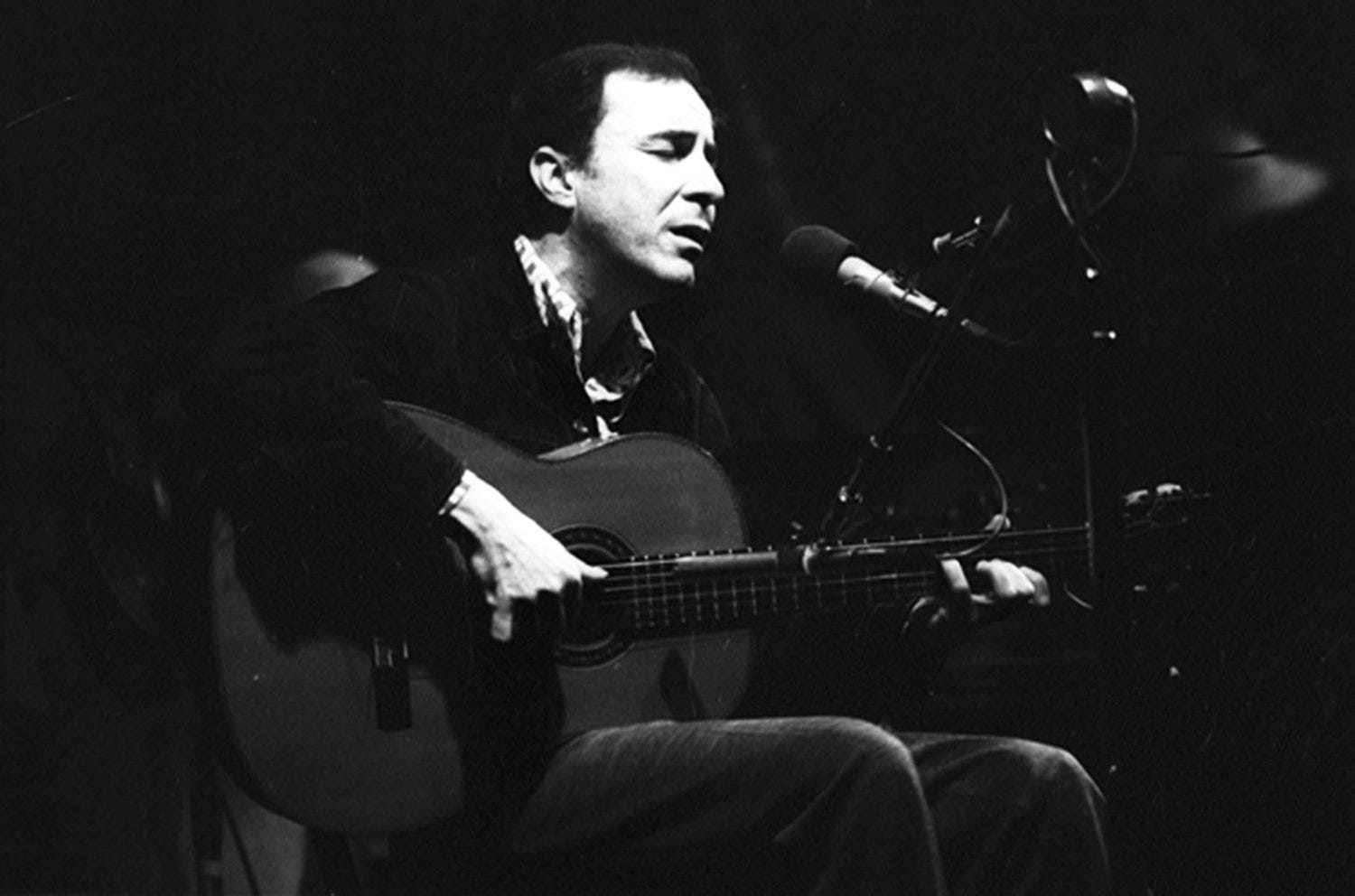
When João Gilberto passed away in July 2019, we lost someone who was responsible for creating an entire style of music-making.
Bossa Nova, which literally means new trend or new wave came from two sources — samba and jazz. Samba, a national symbol of Brazil, is a musical genre and dance style that has its roots in West African religions and it originated in the northeastern Brazilian state of Bahia.
Some of the great samba stars of the 1920’s and 1930’s were Patrício Teixeira and Mário Reis and in these recordings you can hear that classic samba rhythm
Gilberto was born in 1931 in Juazeiro, Bahia and samba was in his blood. His father was a successful businessman and amateur musician and João was the youngest of seven children. He dropped out of school at 15 to sing at the local square and his original intention was to be a crooner in the samba canção style. Here is a great example of this style of singing from a 1950 recording by Francisco Carlos
In 1952 Gilberto recorded a samba canção record in Rio de Janeiro.
He wouldn’t record again for six years.
During these years he grew his hair long, started to be seen around town in wrinkled clothes, was somewhat of a recluse, and started to refuse to perform in clubs where people talked too loudly. He left Rio and eventually found refuge with his older sister in the mountainous state of Minas Gerais. It was here, in the reverberant bathroom of his sister’s house, that he began to experiment with a very quiet style of singing, just loud enough to be heard over his guitar, in direct opposition to the crooner style singing he had attempted in the past. In his guitar playing, he replaced the entire samba ensemble with his picking style called, violão gago, or stammering guitar, and his harmonies would start to employ the other key ingredient of bossa nova, jazz.
Returning to Rio in 1957 he started to get noticed and you can hear his new style of guitar playing on two tracks, Chega de Saudade and Outra Vez in what is considered to be the very first bossa nova recording, made in early 1958 with the singer, Elizete Cardoso
In July of that same year, Gilberto would also record his own recording of Chega de Saudade, with new arrangements by the composer of the song, Antonio Carlos Jobim. This recording is considered to be a turning point in Brazilian music.
In 1959 the French-Brazilian film, Black Orpheus, won the Academy Award for best foreign language film and bossa nova was featured in the movie.
This soundtrack caught the ears of jazz musicians in the United States and in 1962, Stan Getz and Charlie Byrd released the album, Jazz Samba, which was also heavily influenced by Gilberto’s recordings. It reached #1 on the Billboard album chart.
The entire world got to know João Gilberto through the album that he recorded with his wife, Astrud, and Stan Getz in 1963. The song, The Girl from Ipanema,won the Grammy best record of the year and the album, Getz/Gilberto, won the best album of the year. It is now one of the most recognizable songs in the world and the entire album is a masterpiece.
Other must-listen-to albums of Gilberto are:
João Gilberto, 1973
Amoroso, 1977
And one of my all time favorite albums.
In Tokyo, 2004
His final studio album was made in 2000 and was a mixture of Gilberto’s classics and songs by Caetano Veloso, who also was the producer.
João Voz e Violão, 2000
